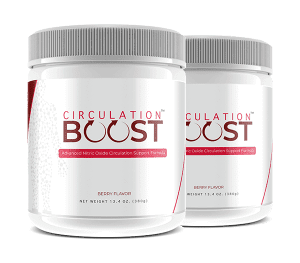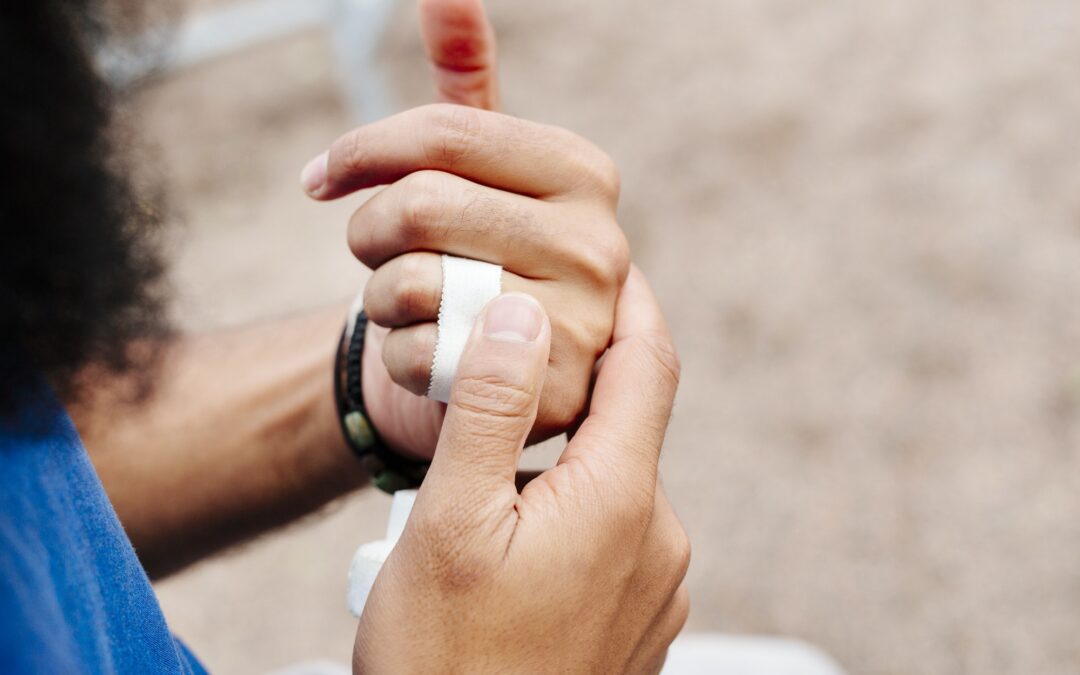Experiencing poor circulation in your hands and fingers? Learn about bad circulation in fingers, how to get help, causes, and more.
Poor circulation in your hands and fingers may either be due to a health condition or your lifestyle choices. Good and effective blood flow helps deliver essential nutrients, energy, and oxygen throughout the body.
However, if something is affecting your heart and blood vessels, it can prevent sufficient blood supply from reaching your hands. The following article gives an overview of poor circulation symptoms, causes, and potential ways to improve your blood flow.
Poor Circulation Symptoms
There are multiple signs you need to be aware of when it comes to poor circulation in your hands. These include color, temperature, swelling, numbness, tingling, blood refilling, mobility, and pain.
For example, your fingernails may either appear pale or bluish and your fingers and hands may feel colder than usual. It may also take longer for your blood vessels to fill with blood; squeeze a finger and wait 3 seconds. If it still hasn’t refilled with blood, you may have poor circulation.
Causes of Poor Circulation
 One underlying cause of poor circulation is atherosclerosis, which is a buildup of fatty substances in the arteries, restricting circulation. Another cause is anemia, a blood disorder that can cause dizziness, headaches, shortness of breath, fatigue, yellow skin, and more.
One underlying cause of poor circulation is atherosclerosis, which is a buildup of fatty substances in the arteries, restricting circulation. Another cause is anemia, a blood disorder that can cause dizziness, headaches, shortness of breath, fatigue, yellow skin, and more.
In addition, Raynaud’s disease can lead to narrow blood vessels, usually in response to cold temperatures or stressful situations. Finally, smoking can increase the risk of blood clots while also increasing the risk of peripheral arterial disease.
Diagnosing Poor Circulation
When you visit your healthcare provider, they will ask about your symptoms and do a physical exam. In addition to these tests, they may check your temperature, your hands’ appearance, and check for pain or numbness.
Some of the tests they may use include blood tests, chest X-rays, electrocardiograms, and CT scans. Finally, they may run some tests to check for specific underlying conditions such as Raynaud’s disease. If any of the symptoms listed above happen on a regular basis, contact your doctor to see if an underlying condition is causing your problems.
Improving Circulation
 You can start improving your blood flow by looking after your heart health and blood vessels. In other words, you should follow a healthy diet, exercise regularly, and reach or maintain a moderate weight. Other general tips include not smoking (or quitting if you already smoke), managing your stress, and knowing your risk factors.
You can start improving your blood flow by looking after your heart health and blood vessels. In other words, you should follow a healthy diet, exercise regularly, and reach or maintain a moderate weight. Other general tips include not smoking (or quitting if you already smoke), managing your stress, and knowing your risk factors.
Furthermore, you can take daily supplements like Circulation Boost to get that extra support you may need. Its ingredients work together to promote nitric oxide production in the body, which helps boost circulation and blood flow. Try Circulation Boost along with a healthy diet and regular exercise to give your circulation the support it needs.

